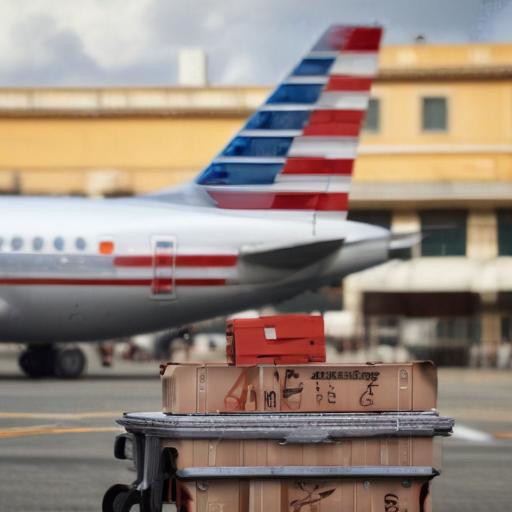On June 2, 2025, an American Airlines flight traveling from Philadelphia to Naples faced an unexpected diversion to Rome due to authorization issues with the aircraft. The flight, initially intended for Naples (NAP) and operated by a Boeing 787-9, had to change its course during descent because it was determined that this specific aircraft was not cleared to land at Naples Airport.
The American Airlines flight AA780 departed Philadelphia’s airport (PHL) at 7:42 PM and was on schedule until approaching its destination. Remarkably, weather conditions in Naples were clear, and no other flights experienced similar diversions. The flight’s diversion was attributed solely to regulatory constraints surrounding the 787-9 jet.
Following the unforeseen change in course, American Airlines quickly implemented a recovery plan. The airline operates another seasonal flight from Rome to Chicago utilizing a Boeing 787-8. To address the situation, American swapped the aircraft scheduled for Chicago to accommodate the Naples passengers, enabling a quick transition and limiting disruption.
This operational challenge posed some logistical complications, particularly due to crew duty time limitations. Consequently, the crew overnighted in Rome before completing a short flight to Naples the following day, followed by a return flight to Philadelphia.
Although it remains unclear how passengers from the initial flight were accommodated during the interim period, whether they were placed in hotels or utilized alternate travel arrangements, American Airlines’ swift response highlighted their commitment to minimizing inconvenience.
This incident underscores the complexities of airline operations, especially when varying aircraft types are involved, and prompts reflection on whether such regulatory details should be more readily apparent to operational teams. Despite the hiccup, the airline managed the situation adeptly, showcasing flexibility in challenging circumstances.
